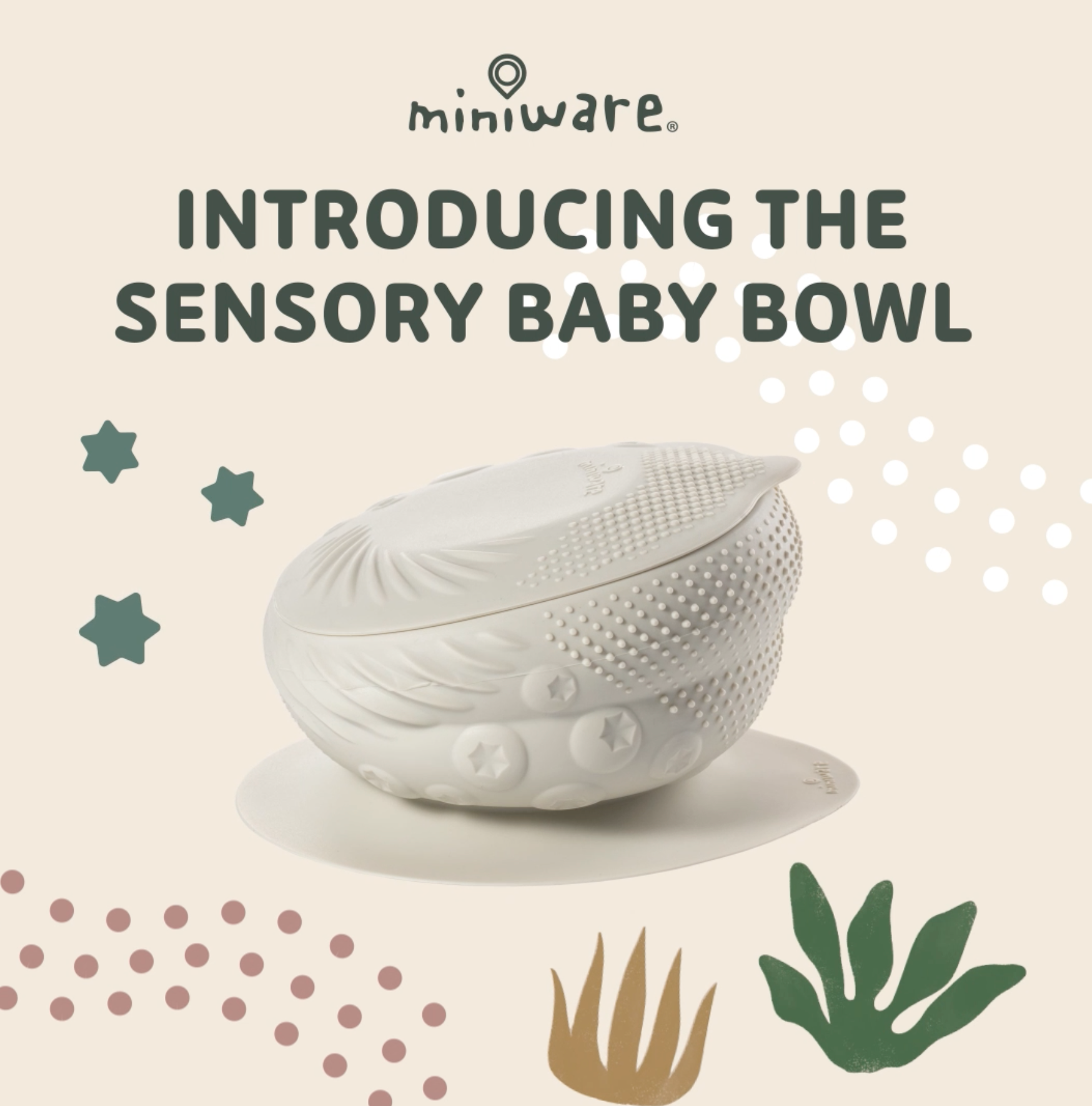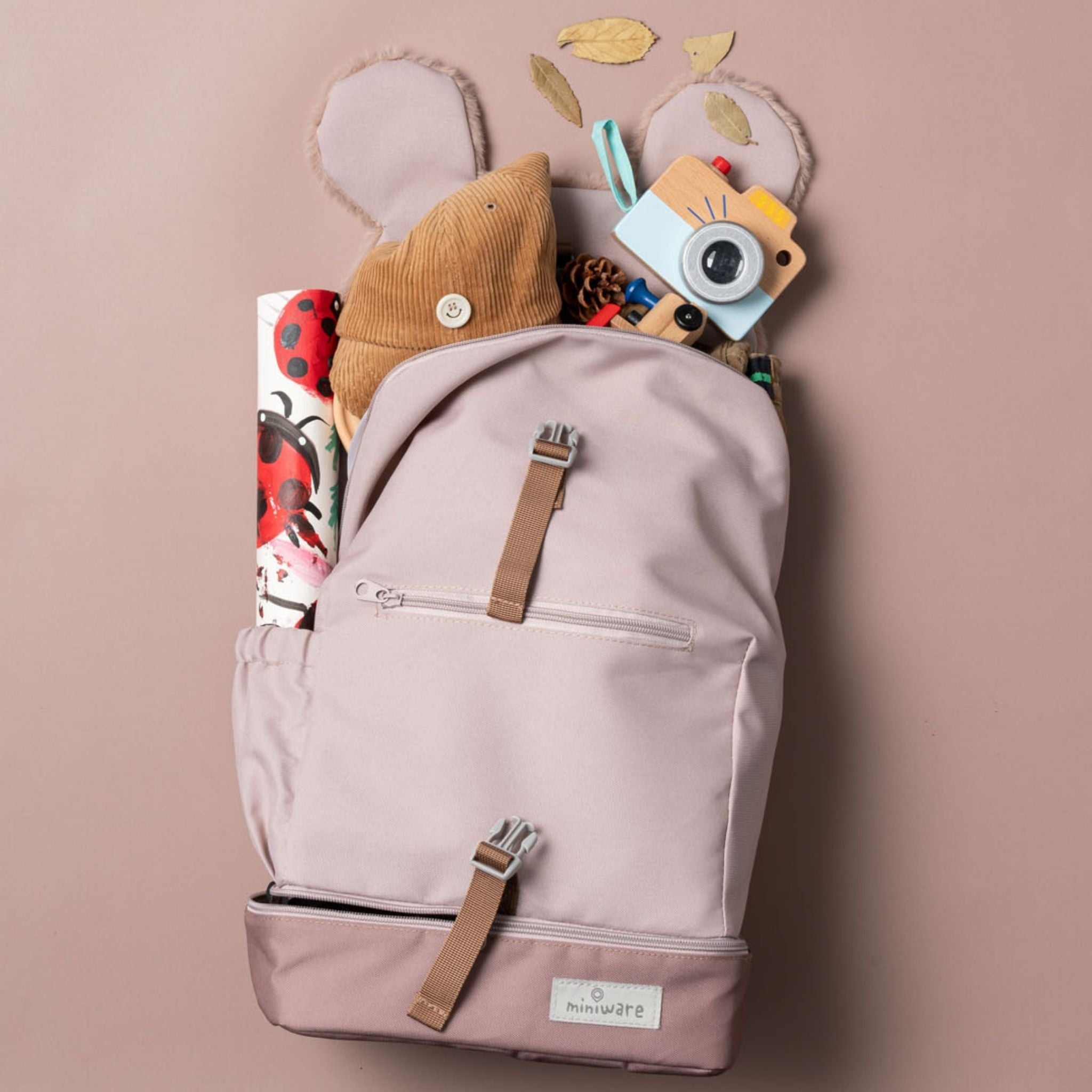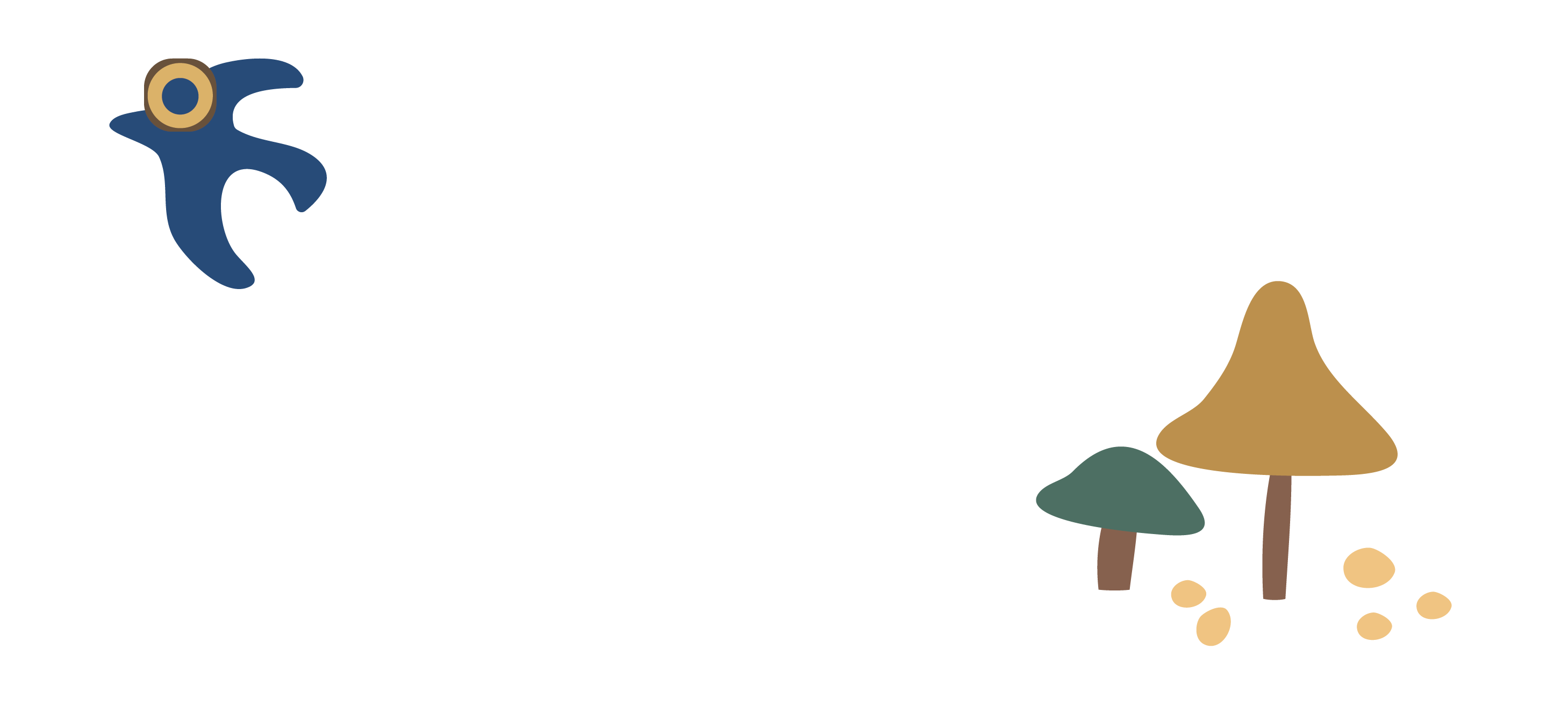Composting is a simple and fun way to introduce your kids to green living principles and help reduce your family’s environmental impact. Not only that, but it’s a fun introduction to science too; kids can learn about biology, lifecycles, and chemistry. Most importantly, it can be an enjoyable family activity whether you live in a house in the country or an apartment in the city. You don’t need a yard or garden to compost with kids!
A good first step to introducing composting to your family is discovering why composting at home is so important. In order to keep our planet healthy, each person needs to be responsible for the waste they produce, and this means learning the three Rs: reduce, reuse, recycle! Learning about the impact composting has on the environment can be a fun internet activity. Looking up what landfills are and how the methane they produce harms the planet will motivate kids to learn even more ways to keep waste down and to compost whatever they can. One huge benefit of home composting is that it lessens the amount of methane produced in landfills!
Composting isn’t difficult or mysterious, it’s really quite simple. Composting is the natural process of recycling organic materials like food waste into a rich, dark matter that can fertilize plants and enrich the soil. Composting is happening every day all around us. Just look at the leaves falling from the trees and decomposing into nutrient-dense dirt. You can take your kids to the park and dig up a couple of layers of fallen leaves to show them the life that’s teeming underneath, like worms and insects that help break down the plant matter.
An important part of teaching your kids how to compost is educating them on what is and isn’t compostable. You can turn this into a nightly after-dinner game with kids taking turns guessing what items can be composted. Aren’t sure yourself? Check out this list of 100 things you can compost courtesy of Small Footprint Family. Have them help clear the table and sort items for the compost bin. Kids can help prepare waste for recycling by chopping or shredding vegetables into smaller pieces.
Speaking of worms, a worm bin is a great way to compost indoors in apartments or small living spaces. Not only does it provide convenient access to your compost bin, kids will love feeding the worms (composting) after meals! Learn how to create and use an indoor worm bin here (source: EPA). A worm or compost bin is an ongoing science project that kids of all ages will enjoy. They can learn the importance of worms and insects to our ecosystems and the difference between nitrogen and carbon products.
Once you’ve got your composting system in place, it becomes a practice in patience. It takes time for waste to decompose and while teaching patience, it’s also a child’s first practice in scientific study. There are several projects kids can do to monitor the progress of their compost, from monitoring and recording the temperature to examining the microbial life within. The wait makes the end result that much more exciting; kids will feel proud of their first biodegradable product!
It can take anywhere from 3 to 12 months to see the result of your compost bin. The end result will be a dark brown, crumbly substance with a pleasant earthy smell. Finding places to use compost is easy if you have a garden or even house plants, but it’s also a great way to start new gardening projects with the kids. Use your new compost to grow a windowsill flower or herb garden or a container vegetable garden on a patio or balcony.
There are so many ways to use compost with kids. Your kids will love seeing the rewards of their compost come to life and completing the lifecycle from scraps of waste to new growth!











